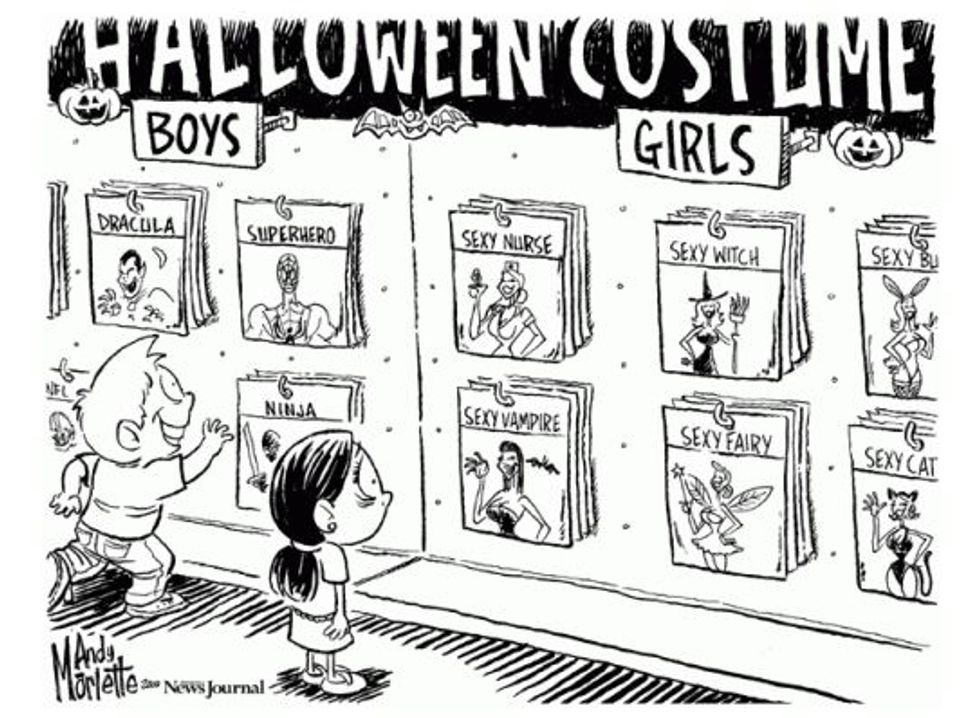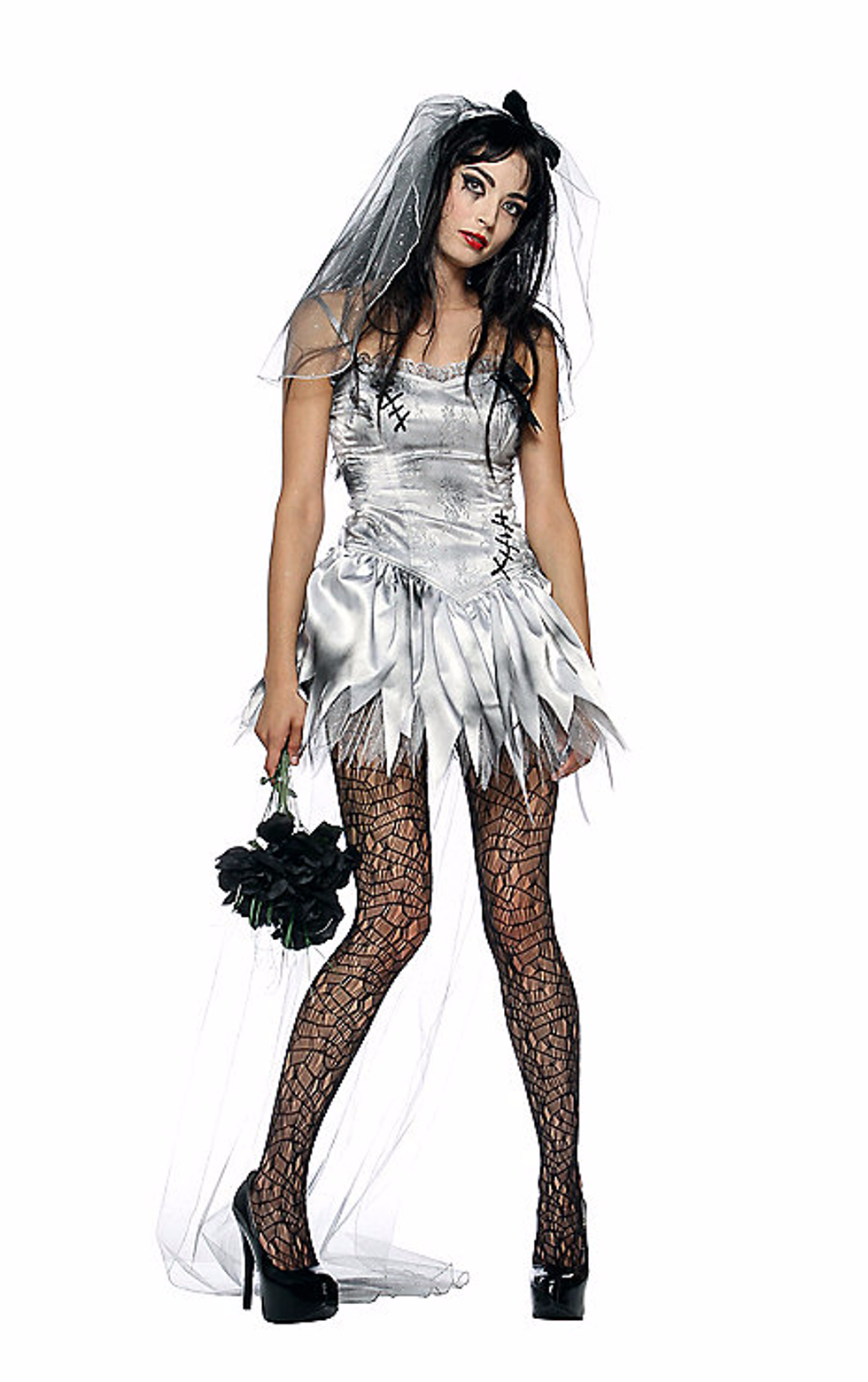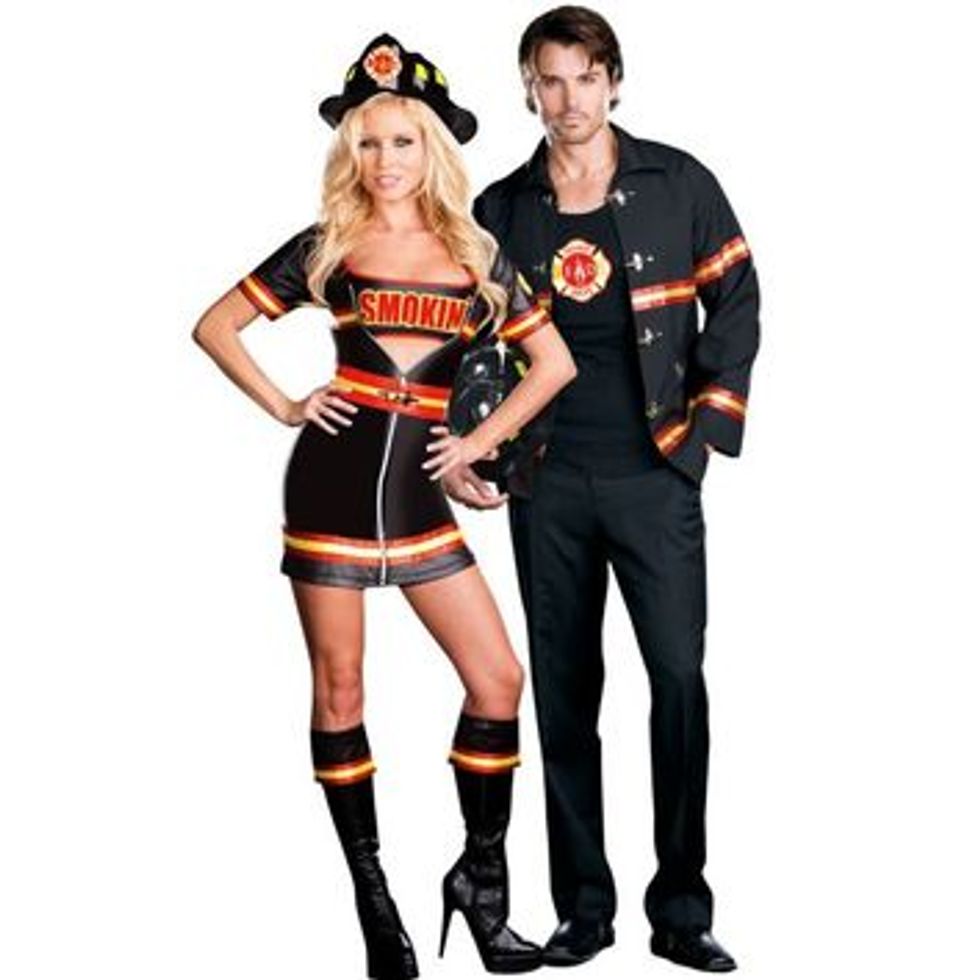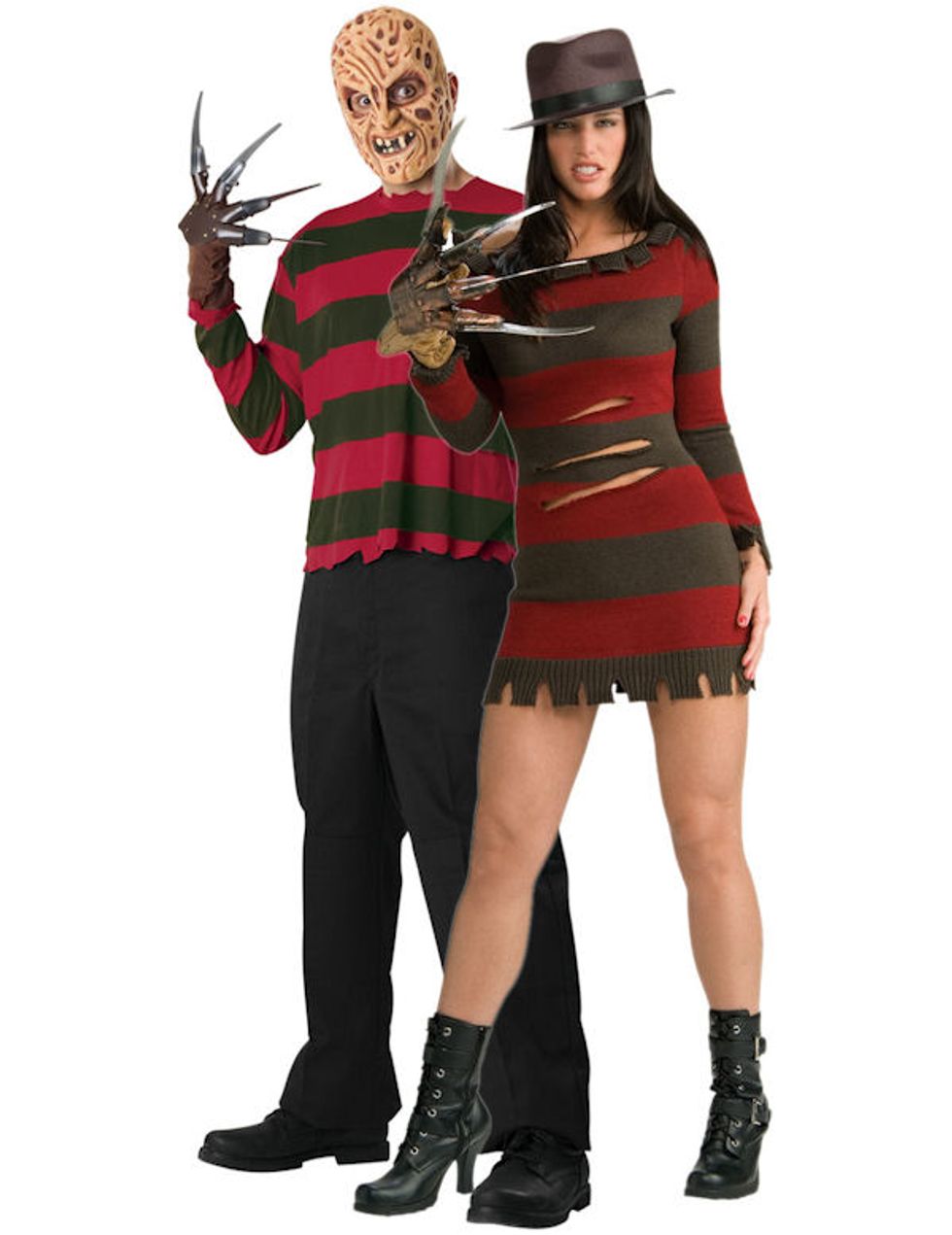Halloween has always been my favorite holiday - from the horror films to the pumpkin-shaped peanut butter cups - so I was thrilled when my friends and I went to a Halloween store over break. That excitement, however, quickly turned to disappointment.
Upon entering the store, I was met by the perplexing sight of skeletal boobs. The female breast is not made of bones. It's made of glandular and fatty tissues, so why would a skeleton have such an ample chest?
Anatomically speaking, it wouldn’t; but when it comes to Halloween and women, logic is thrown out the widow and replaced by the rules of princess culture.
Caryl Rivers and Rosalind C. Barnett explain in their book, "The New Soft War on Women," that princess culture is the idea that girls should be obsessed with how they look. Princess culture is so powerful that it invades Halloween, influencing female costume design.
Before going further, let's clarify the difference between sexual objectification and sexual empowerment. “If the person being...sexualized, has the power…then they are sexually empowered,” Ronnie Ritchie explains. “However, if that person has no or little power, they are being sexually objectified.”
A woman choosing to dress up as "Mistress of Seduction" isn't the problem. The problem is the few costume options women have outside of the hyper-sexualized and aggressively feminine.
“Halloween costumes for girls are all about sparkles, fairies, and princesses,” Rivers and Barnett write, “nary an astronaut, police officer or superhero among them.”
When my friends and I walked through the Halloween store, we saw a "Spider-Girl" costume; however, the costume wasn't designed like Spider-Girl’s actual costume, as seen below.
Instead, the costume included a tutu, switched Spider-Girl’s red and black color scheme with pinks and whites and swapped out the mask for stylish glasses.
Despite Marvel having plenty of heroines with different abilities and aesthetics, Halloween stores fail to provide costumes outside of traditionally feminine characters.
It isn’t just the superhero costumes restricting girls to traditional gender roles. Continuing through the Halloween store, we found costumes like “Convict Cutie,” “Sweetheart Pirate” and “Cop Cutie.” If a girl wanted to go as a pirate, the costume available would exhibit conventionally cute and traditionally feminine qualities, as opposed to the rough and daring traits associated with pirates.
These feminized costumes conform to the princess culture girls are brought up in. Even after childhood, women are still confined by the restraints of princess culture, but instead of Halloween costumes being adorable, the costumes become over-sexualized.
For instance, if a woman wanted to be a zombie, she could buy the "Zombie Beer maiden” costume or the “Marry Me Dead Zombie” costume. In both cases, the horror makeup is minimal, and the sex appeal is prevalent.
The objectification isn't the only sexist thing about these costumes. There is also the issue of only women being subjected to this hyper-sexualization.
While a man can be a priest, an emergency room surgeon, a seal team hero or a S.W.A.T. member, women can dress as "Blessed Babe," "Vaccinating Vixen," "Pretty Paratrooper" or "Hot SWAT."
Even when men and women have matching costumes, there is the unfair objectification of the female partner, as seen in the "Smokin' Hot Fire Fighter" costumes.












 Energetic dance performance under the spotlight.
Energetic dance performance under the spotlight. Taylor Swift in a purple coat, captivating the crowd on stage.
Taylor Swift in a purple coat, captivating the crowd on stage. Taylor Swift shines on stage in a sparkling outfit and boots.
Taylor Swift shines on stage in a sparkling outfit and boots. Taylor Swift and Phoebe Bridgers sharing a joyful duet on stage.
Taylor Swift and Phoebe Bridgers sharing a joyful duet on stage.












